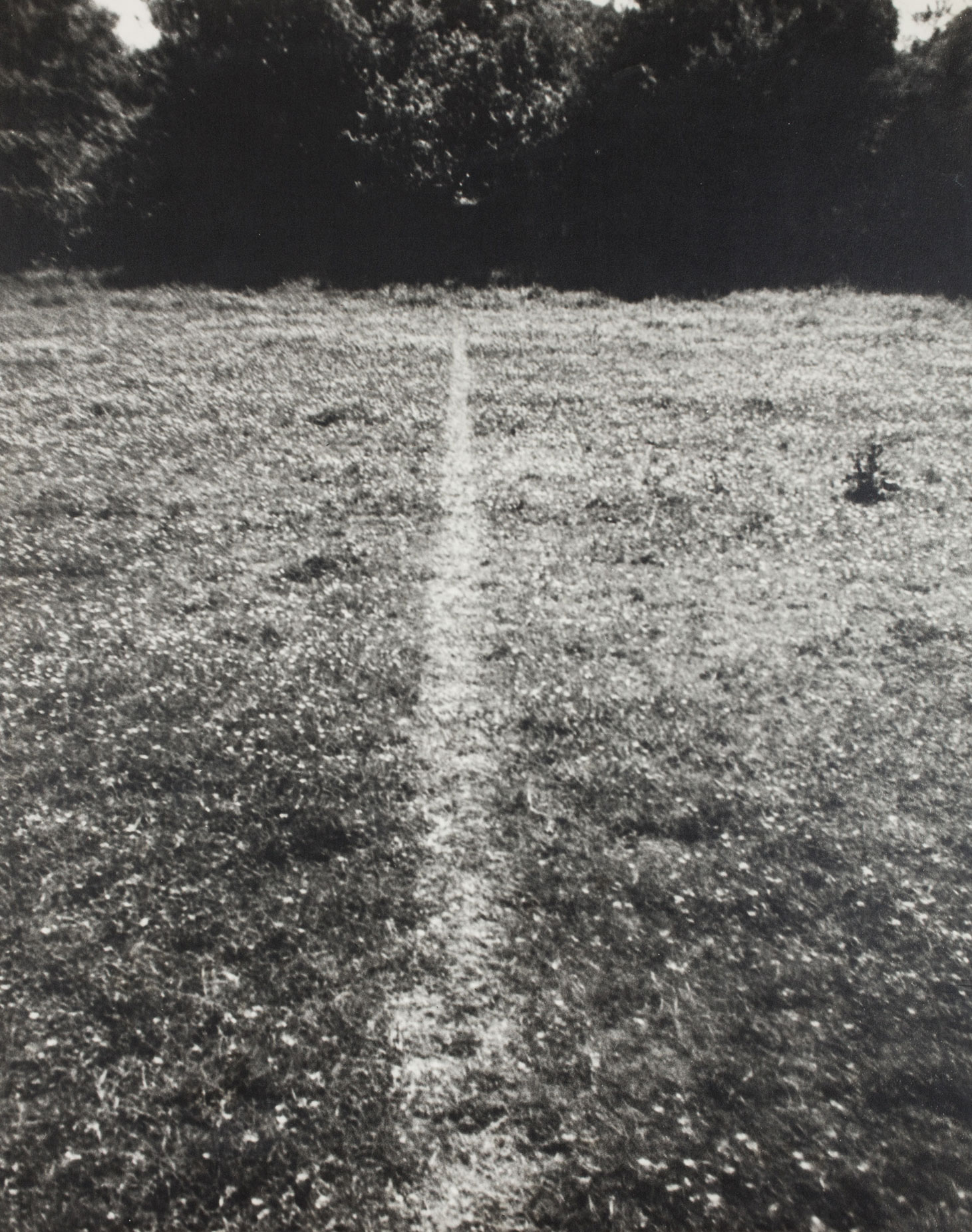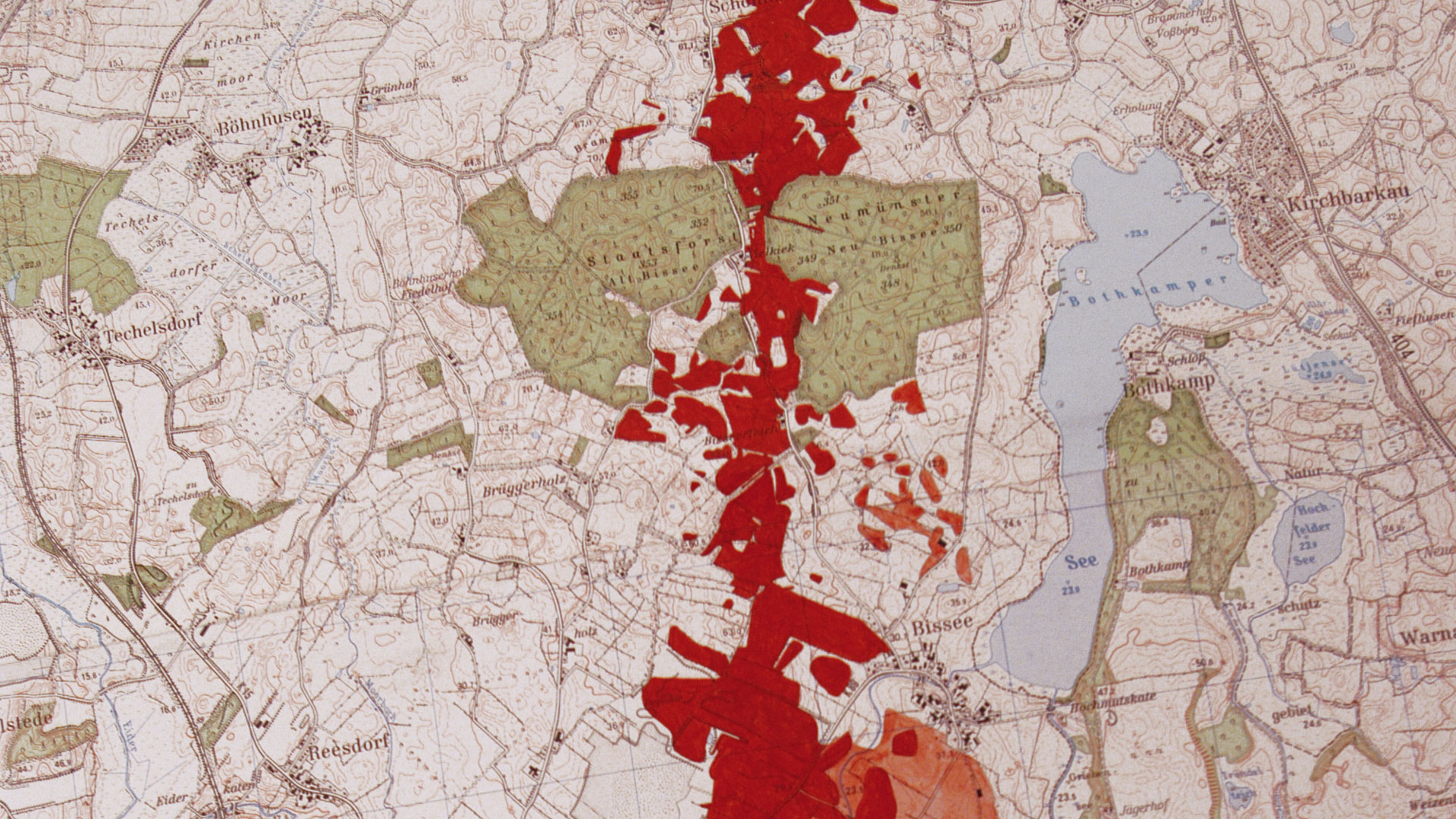Journey of discovery
The reduction to the essential is decisive.
Michail Pirgelis im Interview
Has your attitude towards flying changed?
My view on aviation has hardly changed at all. Very early I perceived the airplane as something fascinating, but at the same time I have always questioned the necessity of flying and the associated effects on mankind and the climate. In times of the Covid 19 crisis, the negative consequences of global networking facilitated by flying have become even obvious.
What do you associate with air travel?
Above all, longing and the fascination of moving on a different level that is not meant for people.
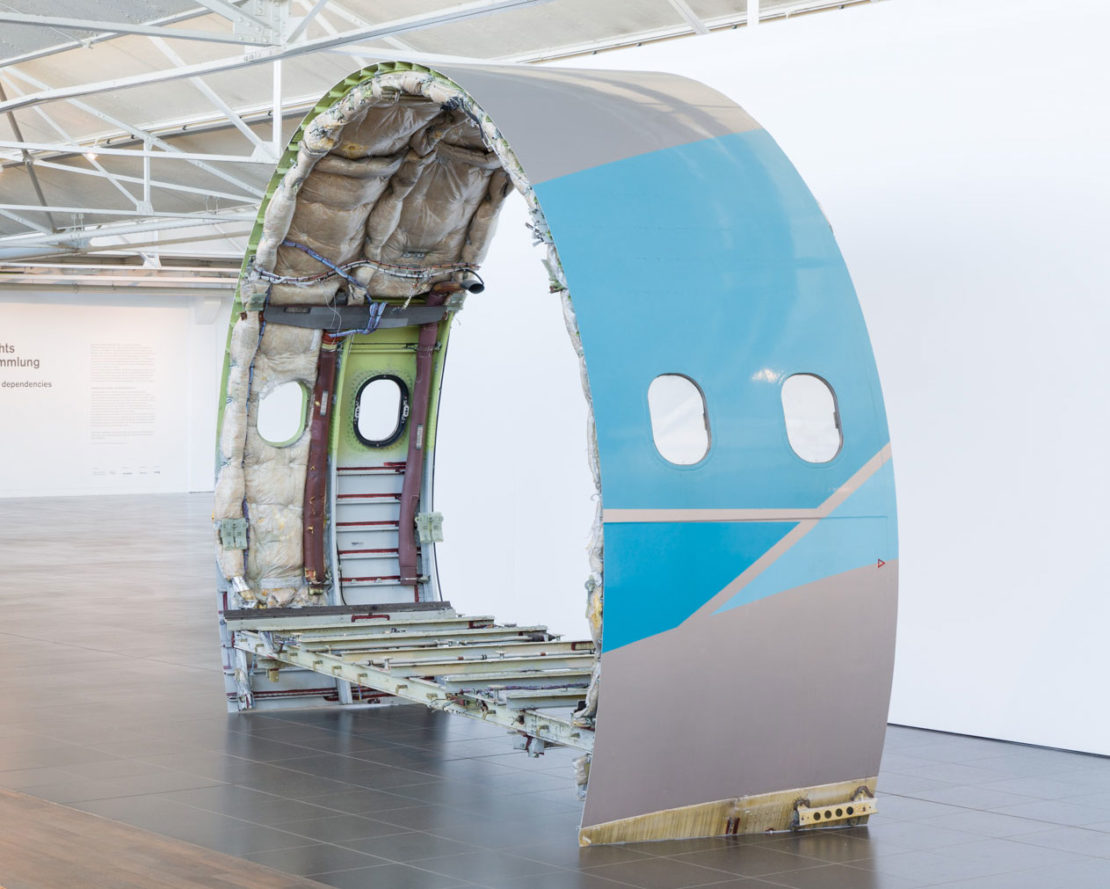
When did you fly for the last time and where did you go? Where do you fly to next?
My last flight was not so spectacular, but I like to remember my first flight. I flew with Olympic Airways from Thessaloniki to Düsseldorf as a small boy. I still remember the smell of the cabin and the ardent urge to take off the plastic cladding so I could see the material behind it. It’s a bit difficult to travel at the moment, but I would love to fly again to the California desert.
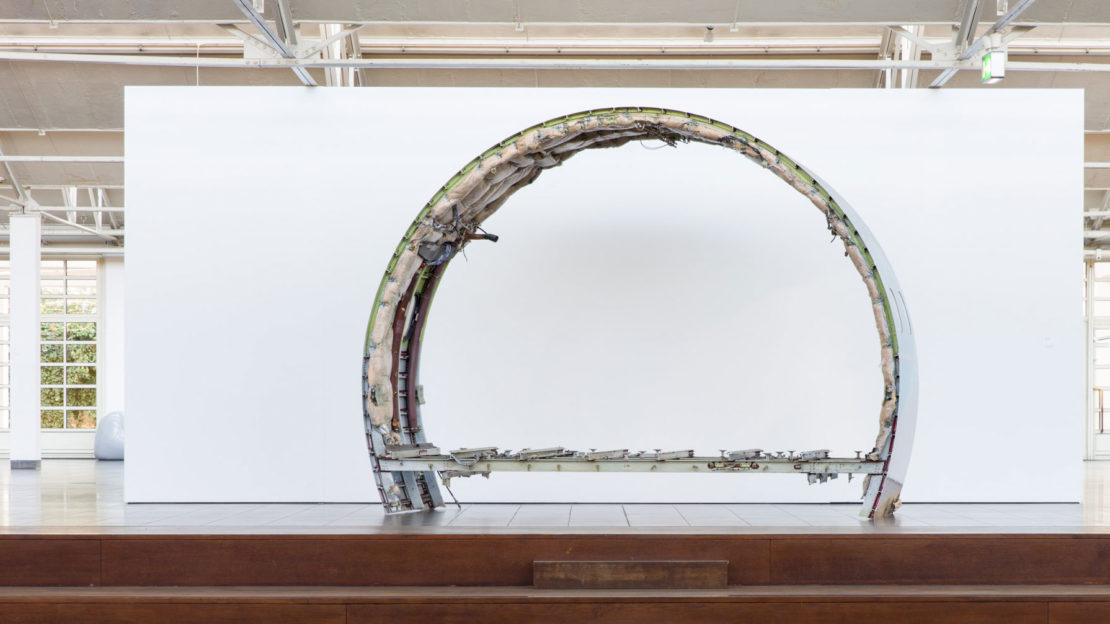
How can we imagine a “graveyard of airplanes”?
There is something archaic about this place. The seemingly stranded airplane bodies are at the mercy of the desert’s extreme weather conditions and look like a backdrop from a science fiction movie. I always take photos and sketches on site, which serve as notes and working material.
With your work, you give a new meaning to discarded aircraft parts: To what extent does this incorporate a sustainability concept?
Since I work exclusively with authentic materials, the idea of sustainability is always part of my work. I am looking for special surface structures, traces and patina as well as the history of the individual elements. My main concern is the abstraction of the material and the transfer to another level. The works detach themselves from their technical origin in the process of creation. The reduction to the essential is decisive. Many of my works show references to abstract painting, minimal art, but also to brutalism in architecture.
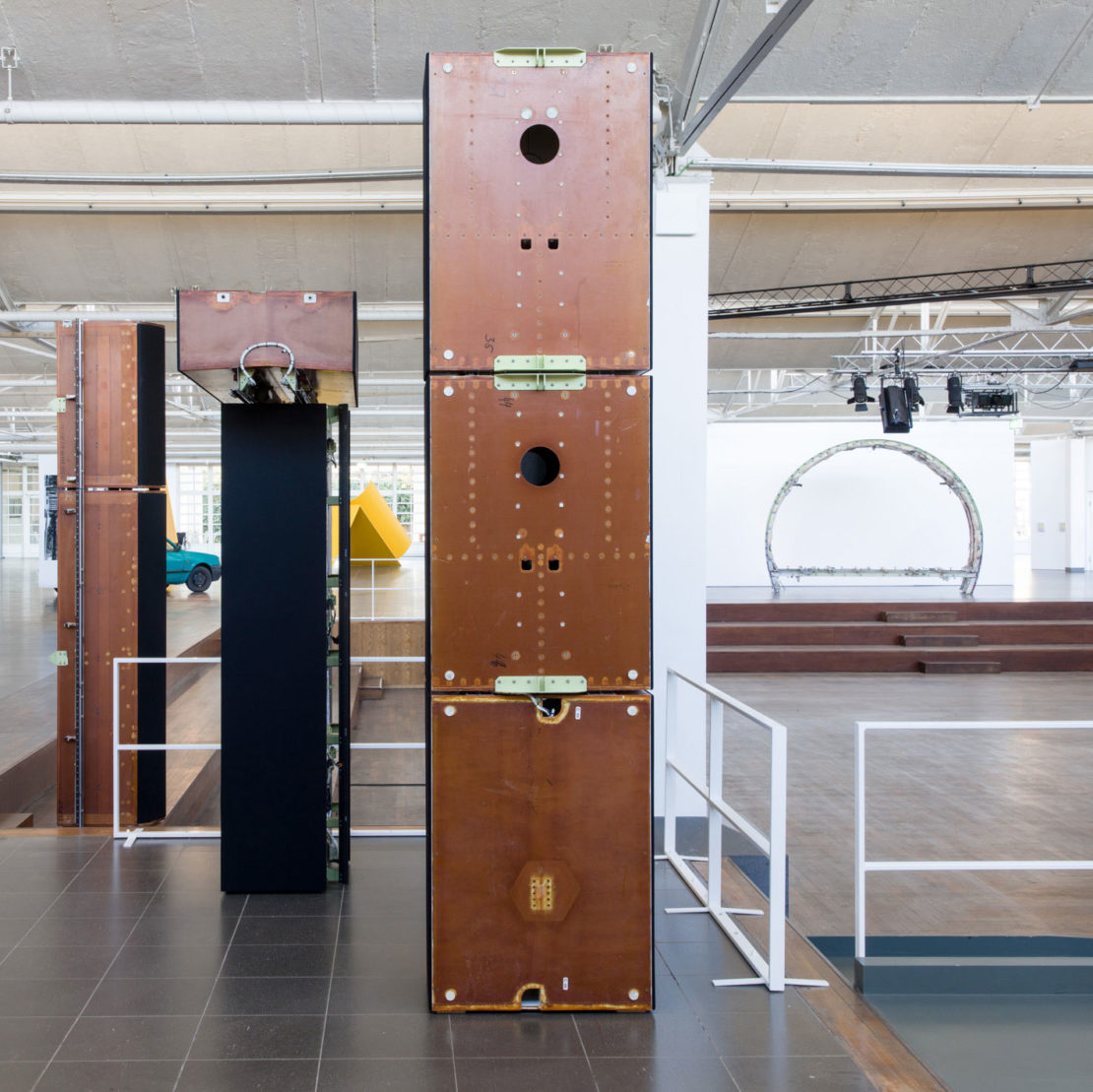
Take us with you on a journey of thoughts: How might air traffic look like in the future?
There are already various models for the future. Certainly there will be more environmentally friendly solutions, such as solar or alternative energies. Newly developed materials are increasingly replacing the materials mainly used in aviation, such as aluminum and titanium. Flying in a wide-bodied capsule as we know it will soon be a thing of the past. It is a nice idea that we could enter a small, individual space capsule and reach the distance only by solar energy.
Biography
- * 1976 in Essen, grew up in Xanthi
- Lives and works in Cologne
2004–2009 - Studied at the Academy of Arts Düsseldorf, master student of Prof. Rosemarie Trockel
Exhibition
Bon Voyage!
Reisen in der Kunst der Gegenwart
13. November 2020 – 16. May 2021
